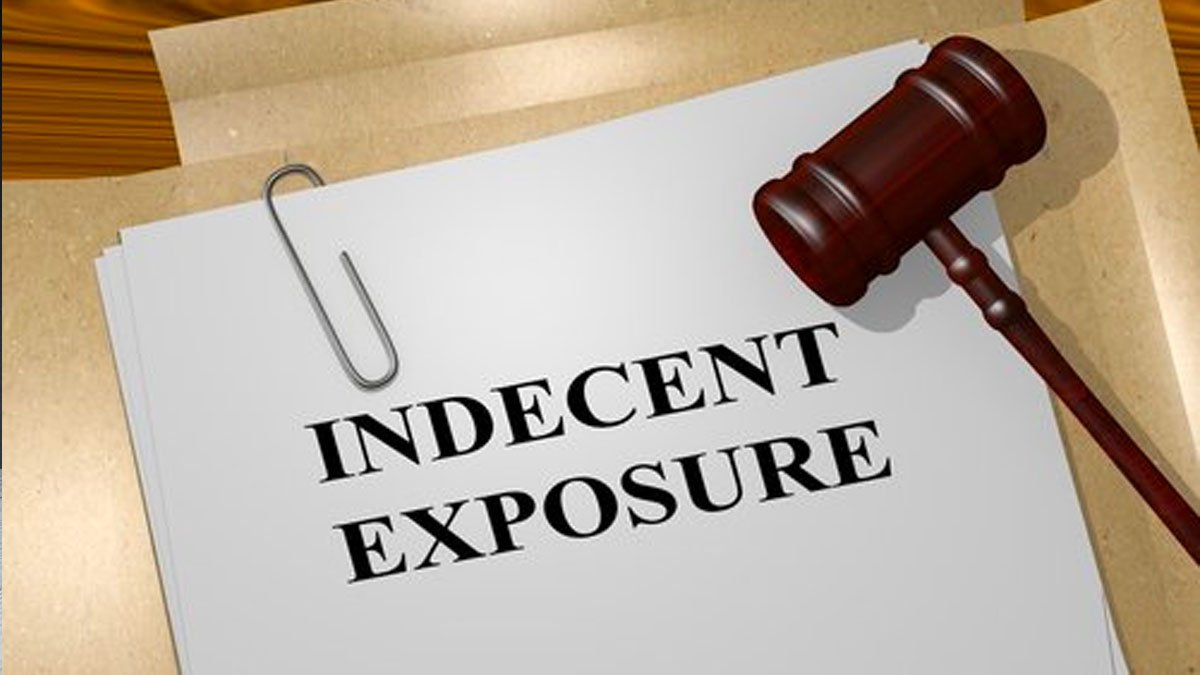In an indecent exposure case, a Maryland Indecent Exposure lawyer can challenge the evidence in several ways to defend their client. The goal is to undermine the prosecution's case by questioning the reliability, legality, or interpretation of the evidence. Here's how a lawyer typically approaches this:
1. Challenging the Elements of the Crime:
- Lack of Intent: Maryland indecent exposure law usually requires intent to expose oneself in a lewd manner that could offend others. A lawyer may argue that the exposure was accidental or unintended. For example, if the incident occurred in a situation where the exposure was not deliberate (such as a wardrobe malfunction), the lawyer will argue that there was no intent to commit a crime.
- Public vs. Private Setting: Indecent exposure typically occurs in a public place or where others are likely to be present. A lawyer might challenge whether the setting was truly public or argue that no one was actually present or able to witness the exposure, which could weaken the prosecution's case.
- Reasonable Expectation of Privacy: If the exposure happened in a setting where the accused had a reasonable expectation of privacy, such as a changing room, the lawyer could argue that the defendant did not expect others to see or be offended.
2. Questioning the Credibility of Witnesses:
- Inconsistent Testimony: A lawyer will examine the testimony of any witnesses to identify inconsistencies in their statements. If witnesses give conflicting accounts or change their story, the lawyer can use this to cast doubt on the reliability of their testimony.
- Bias or Motive to Lie: If the accuser or witnesses have a personal relationship with the defendant or any reason to fabricate or exaggerate the incident, the lawyer will highlight these factors to show that their testimony may not be trustworthy.
- Perception of the Incident: The lawyer may argue that the witnesses misinterpreted the situation, especially if the exposure was brief or unclear. For example, witnesses could have mistaken an innocent action for indecent behavior, and the lawyer will question the accuracy of their observations.
3. Challenging the Legality of the Evidence:
- Illegal Search or Seizure: If physical evidence was obtained through an unlawful search or seizure, a lawyer could file a motion to suppress this evidence. For example, if the police gathered evidence without a proper warrant or violated the defendant's rights during the investigation, the lawyer can argue that this evidence should be excluded.
- Unlawful Arrest: The lawyer may argue that the arrest was not based on probable cause. If the police lacked sufficient evidence to justify the arrest, any evidence gathered afterward (such as statements made by the defendant) may be inadmissible in court.
4. Challenging Video or Photographic Evidence:
- Authenticity and Context: If the prosecution presents video or photographic evidence, a lawyer can challenge the authenticity of the footage or the context in which it was taken. They may argue that the video does not accurately depict the events as described or that it has been manipulated or taken out of context.
- Chain of Custody: For physical evidence like videos or photos, a lawyer may question whether the chain of custody was properly maintained. If the prosecution cannot prove that the evidence was handled correctly and not tampered with, the lawyer can argue that it should be excluded from the trial.
5. Exploring Possible Defenses:
- Mistaken Identity: If the case involves identifying the person responsible for the exposure, the lawyer may argue that their client was misidentified. This could involve questioning the conditions under which the witness identified the defendant, such as poor lighting or distance.
- Medical or Mental Health Issues: In some cases, a lawyer may present evidence that the defendant suffers from a medical or mental health condition that contributed to the incident. This could mitigate the defendant's responsibility or even result in an acquittal if it shows they lacked the capacity to understand their actions.
6. Arguing Lack of Harm or Offense:
- The lawyer may argue that the exposure was not severe enough to meet the legal definition of indecent. For example, if no one reported being offended or harmed by the exposure, the lawyer can argue that the defendant’s actions did not violate the law.
- Cultural or Situational Misunderstanding: In some instances, cultural or situational factors might lead to misunderstandings about the intent behind the exposure. The lawyer might argue that the defendant’s actions were part of a cultural practice or an innocent activity that was misinterpreted.
7. Negotiating Lesser Charges:
- If the evidence against the defendant is strong, a lawyer might negotiate with the prosecution to have the charges reduced to a lesser offense, such as public indecency or disorderly conduct, which may carry lighter penalties.
Conclusion:
Challenging evidence in an Indecent Exposure in Maryland requires a careful analysis of the law, the facts of the case, and the circumstances of the incident. A skilled lawyer will look for weaknesses in the prosecution’s case, question the credibility of the evidence, and explore all possible defenses to protect their client’s rights and achieve the best possible outcome.





Comments